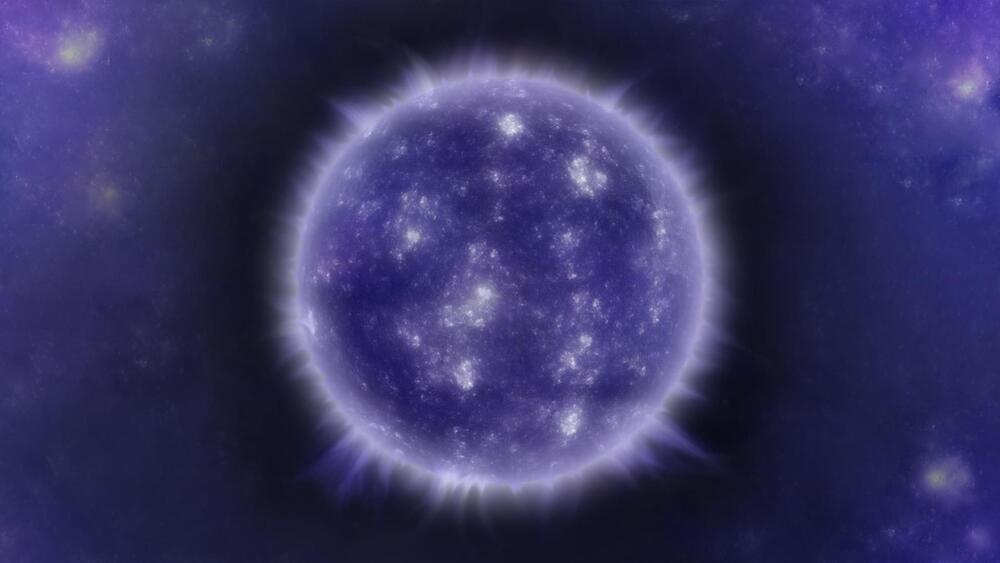Astrophysicists have long been intrigued by the possibility of dark stars-massive celestial objects fueled not by nuclear fusion but by the enigmatic energy of dark matter. Thanks to images taken by the James Webb Space Telescope (JWST), the scientific community has perhaps also found signs of such elusive entities. Could these dark stars, which shine billions of times brighter than our sun, rewrite the story of the universe’s infancy?
Dark stars, despite the word “dark”, are hypothesized luminous sources that may have existed in the universe’s infancy. In contrast to traditional stars that work with nuclear fusion, dark stars are speculated to obtain their energy from self-annihilation of dark matter particles.
As a result, energy is released that warms the ambient hydrogen and helium, and this leads the primordial clouds to glow brightly and expand to enormous scale-some up to a million times mass of the sun. These stars may have also been born in “minihaloes”, dense pockets of dark matter in the early universe.









Leave a reply